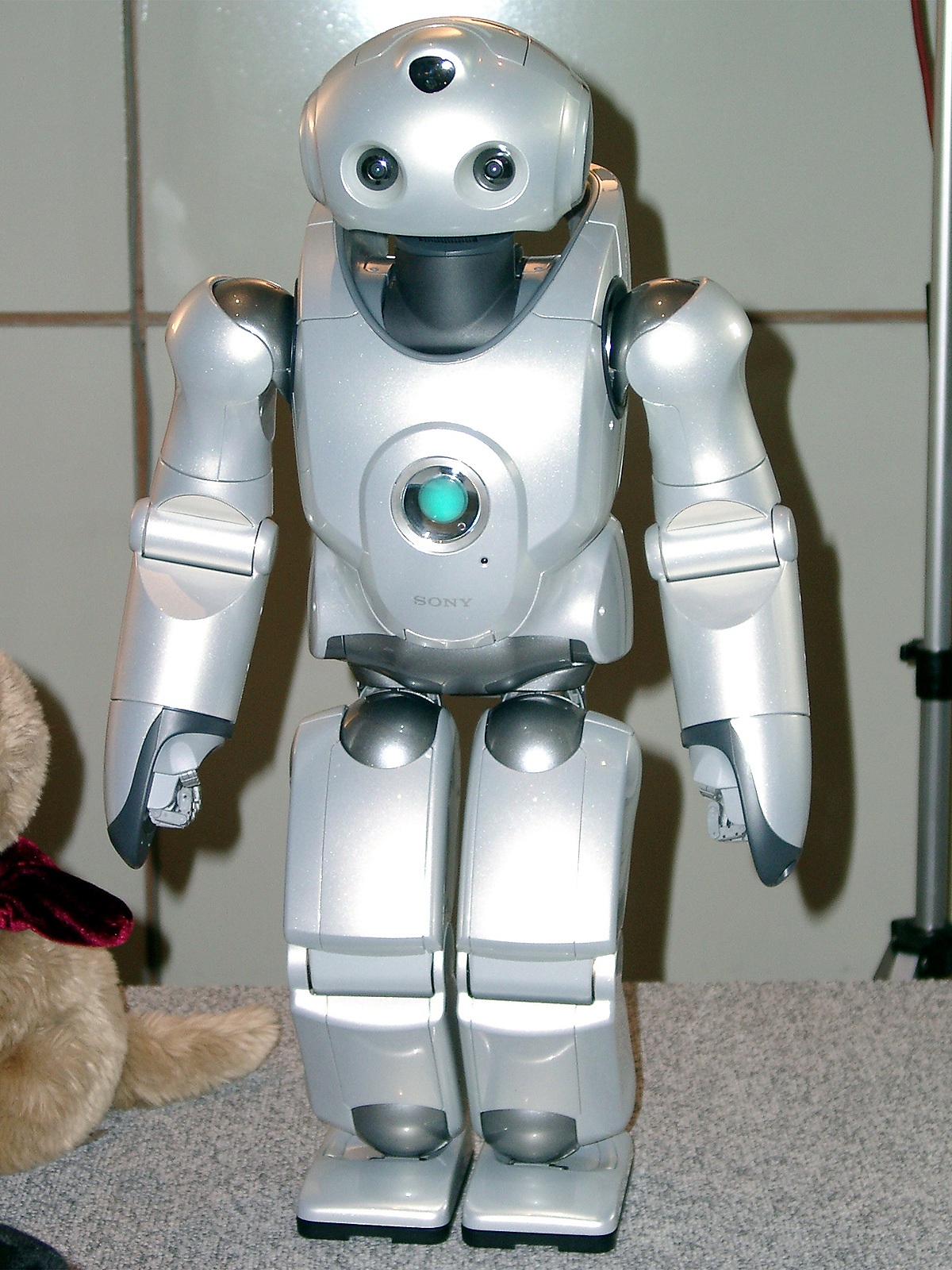Anything can be money if individuals on both sides of the economic transaction are ready to accept it as money. As Yuval Noah Harari writes in Sapiens – A Brief History of Humankind: “Money is anything that people are willing to use in order to represent systematically the value of other things for the purpose of exchanging goods and services.” Of course, for something to emerge as a form of money at a societal level, it needs to be widely accepted.
This is the hope that the believers in bitcoin and other cryptocurrencies have been peddling for a while to make them look like attractive investments. That one day when enough number of people across the world are tired with the government backed fiat money or paper money as it more popularly known, cryptos will take over.
Of course, you can’t wait for that to happen, and you need to buy bitcoin now. This is one of the ways in which the fear of missing out or FOMO, is created.
So how logical is this argument? How much should we trust it? These are questions well worth asking.
If you look at the history of money, different things have been money at different points of time. In the prisoner-of-war camps of the Second World War, cigarettes emerged as a form of money. They are a great example of the fact that anything can be money if both the sides of the economic transaction are willing to accept so. Also, any system where conventional money is not around, like in a prison, does not continue to stay in a vacuum, and newer forms of money emerge.
Different agriculture commodities including tobacco have been money at different points of time. So have been different metals, everything from iron and bronze to silver and gold.
Hence, different things have been money at different points of time, during the course of human history. What this tells us is that as long as enough people accept something as a form of money, it can continue functioning as money, until it doesn’t.
This means that bitcoin and cryptocurrencies can also become a form of money, over a period of time. Nevertheless, if we leave it at just this, it will be lazy reasoning at best. Also, this is where things get a tad complicated.
Allow me to explain.
Pure paper money or fiat money or money not backed by any commodity (gold, silver, tobacco, iron, copper etc.) has been around for many centuries, nevertheless, it has flourished and been widely accepted only in the last hundred years.
Why is that the case? Why do people happily and readily accept money not backed by any commodity as a form of payment, on most days?
As L Randall Wray writes in Modern Money Theory:
“The typical answer provided in textbooks is that you will accept your national currency because you know others will accept it. In other words, it is accepted because it is accepted. The typical explanation thus relies on an “infinite regress”: John accepts it because he thinks Mary will accept it, and she accepts it because she thinks Walmart will probably take it.”
To put it a tad simplistically, paper money is accepted because paper money is accepted. Are we saying there is a mass delusion at work? Is fiat money fiction?
As Jacob Goldstein writes in Money – The True Story of a Made-Up Thing:
“Money is a made-up thing, a shared fiction. Money is fundamentally, unalterably unalterably social. The social part of money—the “shared” in “shared fiction”—is exactly what makes it money. Otherwise, it’s just a chunk of metal, or a piece of paper, or, in the case of most money today, just a number stored on a bank’s computers.”
Now that maybe true, but that’s not important. What is important is to understand what keeps this shared fiction, this mass delusion, this myth, or whatever else you might want to call it, going. And this is where the government, which issues fiat money and controls the fiat money system, comes in.

For the government, it is important that its citizens continue to believe in the shared fiction of fiat money and continue accepting it as a form of payment. What keeps it going? Before answering this question, it is important to understand that there are three things that make a government a government: a) The right to tax. b) The right to legal violence. c) The right to create money out of thin air.
Two out of three rights are important to the context of bitcoin and cryptocurrencies. The right to tax and the right to create money out of thin air. In the past, I have talked extensively about the fact that any government letting bitcoin and cryptocurrencies operate smoothly is essentially giving away its right to create money out of thin air. And they aren’t exactly waiting to do it. (You can read about this here, here and here).
So, what about the right to tax that any government has?
As Wray writes:
“One of the most important powers claimed by sovereign government is the authority to levy and collect taxes (and other payments made to government, including fees and fines). Tax obligations are levied in the national money of account: Dollars in the United States, Canada, and Australia; Yen in Japan; Yuan in China; and Pesos in Mexico. Further, the sovereign government also determines what can be delivered to satisfy the tax obligation. In most developed nations, it is the government’s own currency that is accepted in payment of taxes.”
And not just in developed nations, even in lesser developed ones, the governments accept tax payments in the fiat money of the country. This is what keeps the fiat money system going. As Wray writes: “It is because anyone with tax obligations can use currency to eliminate these liabilities that government currency is in demand, and thus can be used in purchases or in payment of private obligations. The government cannot easily force others to use its currency in private payments, or to hoard it in piggybanks, but government can force use of currency to meet the tax obligations that it imposes.”
In simple terms, government taxes can only be paid in fiat money and that creates demand for fiat money or paper money not backed by anything, and keeps the system going.
A counter argument to this might be that while this might be true in countries where taxes form a significant part of the economy, but how does it work in countries where taxes are not a significant part of the economy. Why does the paper money system still hold?
The answer lies in the overall structure. Companies which operate in a country need to pay taxes to the government in fiat money. So, they carry out their business in fiat money; accept and make payments in it. This means their employees, suppliers (their employees), contractors (their employees), distributors (their employees) and so on, everyone gets paid in or must pay in paper money as well.
When people who are a part of the overall business system, which needs to pay different kinds of taxes, get paid in paper money, they go out and spend that paper money. Hence, individuals and institutions who sell to these people, must then accept paper money. So, the cycle keeps going. And there is demand for paper money or fiat money.
Also, it is worth mentioning here that taxes form a significant part of the economy in any developed country in the world. For any monetary revolution to happen, the governments in these countries need to buy the idea of bitcoin and other cryptos, and also actively promote them. El Salvador classifying bitcoin in a legal tender isn’t going to help that cause. Or the fact that Nigerians have taken on to bitcoin like no one else. These are exceptions to the rule.
The larger point here is that the structure of fiat money being needed to pay government taxes, keeps the paper money system going and will continue to keep it going in the time to come. The demand for fiat money will remain. As long as that is the case, bitcoin and other cryptos will be a sideshow at best, keeping the believers interested, at least for a while.
Also, governments are not going to give up on their right to create money out of thin air. This explains why money central banks are now in the process of planning and/or launching their respective central bank digital currencies.
Of course, people who do not like to pay their fair share of taxes also do not like the idea of being a part of the formal financial system (which is what fiat money system on its whole is at the end of the day). Therefore, people who are a part of the black economy like to convert their profits on which they haven’t paid cash, into other assets like real estate (held benami), gold (easy to store), precious stones (easy to move around) etc. It also explains why people operating in the black illegal economy love bitcoin and other new forms of crypto.

On the flip side, those who run the fiat money system have been abusing it post 2008, when the financial crisis broke out, and post late 2019, when the world was hit by the Covid pandemic.
A lot of fiat money has been created out of thin air, to get economic activity and economic growth going again. This is offered as a major reason by crypto believers, as to why the world should be shunning paper money and buying bitcoin and other cryptos. There is a lot of paper money being created out of thin air, but only 21 million bitcoin are only ever going to be mined.
Hence, the cryptosystem is built around the concept of scarcity whereas with more and more paper money being created, high inflation can become the order of the day and wealth stored in fiat money can lose value at a very fast pace.
The trouble with this argument is that while more bitcoin cannot be created, anyone and everyone, who understands these things, can create a new cryptocurrency. Which is why there are thousands of cryptos going around. As renowned investor Ray Dalio put it in a note on bitcoin: “Competition will, play a role in determining bitcoin and other cryptocurrency prices. In fact, I assume that better ones will come along and displace this one because that is the way the evolution of everything works.” Given this, in the years to come, gold will still be around, about bitcoin, we really don’t know.
So, the point is you don’t know which crypto is going to be around in the days to come. And given that, how do can you ensure that the value of your wealth remains the same, by investing in crypto. Plus, at the risk of sounding cliched, the price volatility of cryptos continues to remain a huge risk.
Something which falls by 50% in a matter of months, cannot even aim to be an asset class, forget being a form of money. The crypto believers now offer the example of stablecoins, which are basically cryptos pegged to paper or fiat money. They have price stability. But their stability comes from being linked to fiat money in the first place.
As Mark Carney writes in Value(s) — Building a Better World For All: “The highest-profile examples of stablecoins… are best thought of as payments systems rather than money per se since they derive their moneyness from the underlying sovereign currencies.”
To conclude, a small story. Before the crypto crash happened, a gentleman on Twitter very confidently told me that he would rather buy dogecoin, which was launched as a joke on bitcoin, than the US dollar. This is because the dogecoin wasn’t being created out of thin air (which is not true, given that the amount of dogecoin goes up every year, but we will ignore that here) and the dollar was.
His point was that the US dollar was not backed by anything. The US dollar is not backed by anything in the physical sense of the term, but it is backed by the US sovereign, the biggest economy in the world, perhaps the most innovative economy in the world and the biggest empire the world has ever seen. Also, the dollar has an exorbitant privilege. While other countries need to earn it, the US can simply print it. Which explains why the demand of for the dollar continues to remain solid, despite its abuse.
Yes, to that extent, it is not backed by anything and bitcoin and other cryptos are backed by everything.
What I can’t get my head around is that if you can’t trust the government (and there are reasons not to), how can you trust a few random guys launching their own crypto in their own backyard. Something which can be moved up and down by a few tweets. How is this fiction better than the government’s fiction? I really don’t have an answer for that.


 Source: State Bank of India
Source: State Bank of India 

